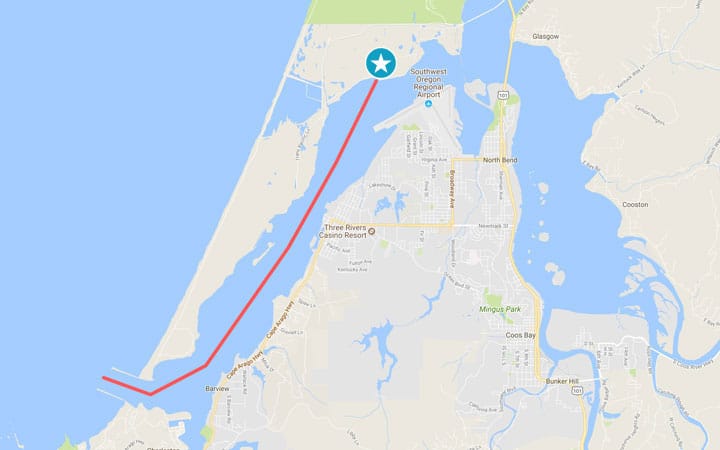FERC Delays Decision on Jordan Cove LNG Project After Oregon Denies Key Permit

The Federal Energy Regulatory Commission on Feb. 20 voted not to issue an order on the Jordan Cove liquefied natural gas export project and the associated Pacific Connector pipeline in Oregon. The decision follows the Oregon Department of Land Conservation and Development’s determination that the coastal adverse effects from the project will be significant. As a result of the state’s objection to federal consistency certification, FERC and the U.S. Army Corps of Engineers cannot authorize the project unless the objection is overridden on appeal by the U.S. Secretary of Commerce. Commissioner Bernard McNamee said he voted against the project without prejudice and wanted to have time to consider the Oregon agency’s determinations.
The Oregon agency’s decision, issued on Feb. 19, found that the proposed project has not established consistency with multiple enforceable policies of the Oregon Coastal Management Program. Last May, the Oregon Department of Environmental Qualify denied water quality permits, citing failure to demonstrate that the construction and operation of the project would comply with state water quality standards. In a Feb. 10 letter to FERC, DEQ noted that the record before FERC contains only the denial of the certification that it is “not aware of any FERC precedent where it has acted on any license for a LNG facility or a certificate of public convenience and necessity for an interstate natural gas pipeline before the applicant applied for a water quality certification under section 401 of the federal Clean Water Act.” Jordan Cove indicated that it would file an application for water quality certification on Jan. 14, but had cancelled a pre-filing meeting, indicating it had no set timetable for filing despite the agency’s requests, the letter said.
The LNG terminal would be located in Coos County, Oregon, and would be capable of liquefying up to 1.04 billion cubic feet of natural gas per day for export. The 200-acre LNG terminal site would include a pipeline gas conditioning facility, five natural gas liquefaction trains, two full-containment LNG storage tanks and associated equipment. Pacific Connector would originate at interconnections with existing pipeline systems in Oregon and connect with the LNG terminal. The 229-mile-long, 36-inch-diameter pipeline would be capable of transporting up to 1.2 billion cubic feet of natural gas per day.
Jordan Cove Energy Project L.P. and Pacific Connector Gas Pipeline LP are subsidiaries of Pembina Pipeline Corporation.
EnerKnol Pulses like this one are powered by the EnerKnol Platform—the first comprehensive database for real-time energy policy tracking. Sign up for a free trial below for access to key regulatory data and deep industry insights across the energy spectrum.
ACCESS FREE TRIAL